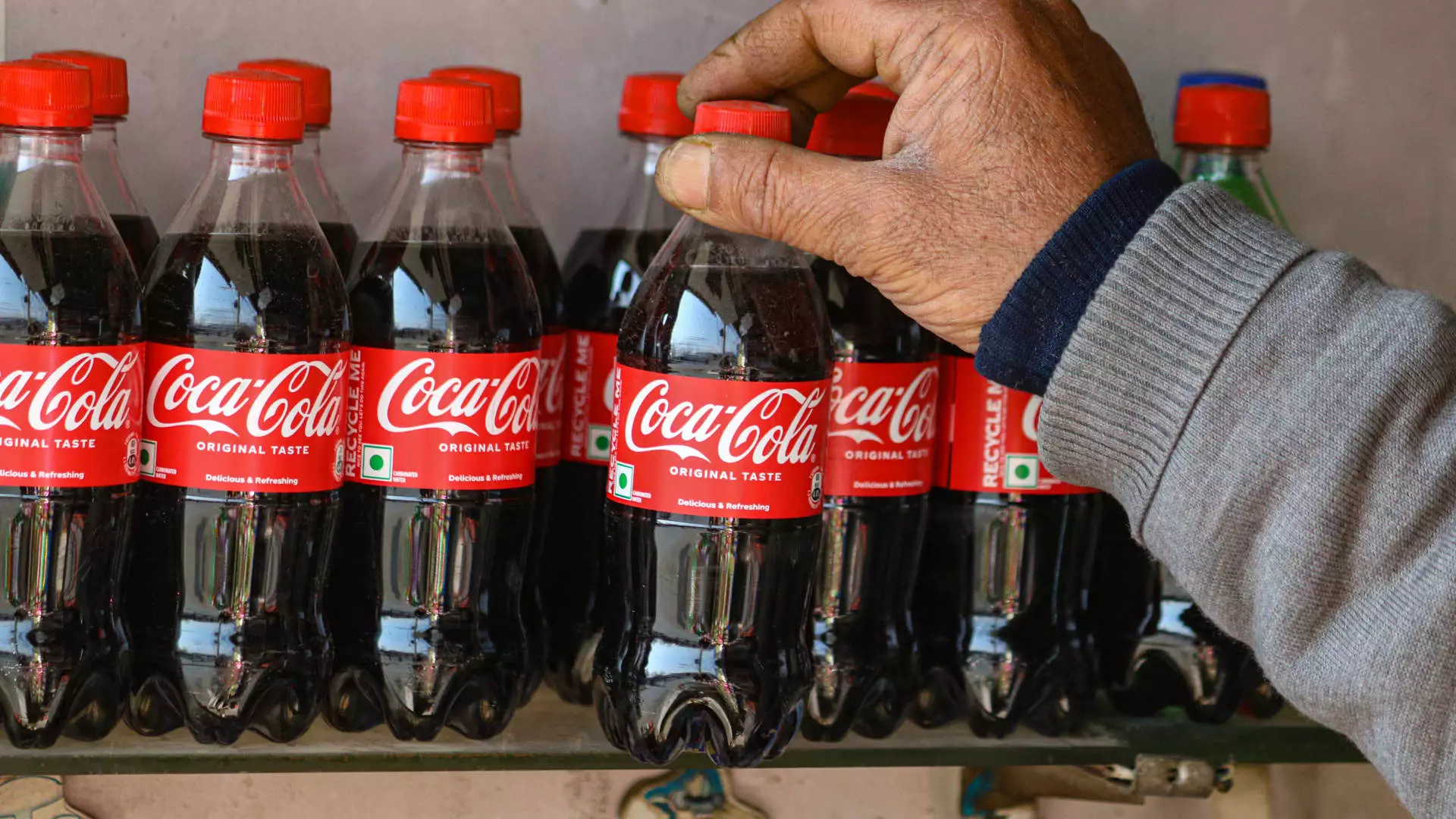The beverage industry stands at a crossroads as businesses navigate the complexities of supply chain management amid fluctuating international tariffs. Coca-Cola, a titan in this sector, is facing new challenges that compel it to reassess its packaging choices. Recently, CEO James Quincey disclosed that the company might pivot toward plastic bottles if tariffs on aluminum imports are enforced. This article explores the implications of such a shift, the trade-offs involved, and the pressing issue of sustainability in packaging.
In a recent earnings call, Quincey addressed the announcement from President Trump regarding an increase in tariffs on aluminum imports—raising them from 10% to 25%. Though aimed primarily at countering practices from countries like China, the implications for Coca-Cola are significant. The company’s strategy hinges on the ability to retain affordability while still managing shifts in material costs. By increasing reliance on PET (polyethylene terephthalate) plastics, Coca-Cola could ostensibly balance its product pricing and maintain market competitiveness. However, the CEO emphasized that the gradual price rise in aluminum won’t drastically affect Coca-Cola’s extensive operations, labeling the impact as “not insignificant” yet manageable within the multibillion-dollar framework of the company.
The question remains—what alternatives exist in the face of rising costs? As Quincey noted, the transition to plastic bottles is one avenue, but it is crucial to assess how this decision aligns with broader industry trends and consumer preferences.
Understanding the Trade-offs in Material Choice
Coca-Cola has historically relied on aluminum packaging because of its sustainability profile—it’s infinitely recyclable and boasts a higher recycling rate than its plastic counterpart. In 2018, aluminum cans achieved a recycling rate of 50.4%, compared to only 29.1% for PET. Thus, turning to more plastic might undermine Coca-Cola’s sustainability initiatives, particularly at a time when consumer demand for eco-friendly packaging solutions is rising.
Despite this, the company is under pressure to maintain profit margins. With the added cost of aluminum, raising consumer prices could further jeopardize sales and market share. The delicate balance between sustainable practices and financial viability looms larger, leading the company into a conundrum: should it compromise its eco-friendly commitments to shield profitability?
Sustainability Goals: A Step Backwards?
Critics of Coca-Cola have pointed out the stark juxtaposition between the company’s push for aluminum packaging and its reputation as the world’s leading plastic polluter. Greenpeace has denounced the company for its substantial reliance on single-use plastics, marking it as the worst offender for six consecutive years. Just two months prior to Quincey’s announcement, Coca-Cola rolled back its sustainability objectives, reducing the percentage of recycled content in packaging from 50% by 2030 to only 35-40% by 2035.
These actions raise a troubling question: is Coca-Cola genuinely committed to sustainability, or are these efforts merely a facade to appease a growing eco-conscious consumer base while facing economic pressures? The decision to potentially increase plastic usage seems counterintuitive, and it risks generating backlash not just from environmental advocates, but from consumers who value corporate responsibility.
As Coca-Cola re-evaluates its packaging strategy and pricing tactics, the company must also contemplate its long-term brand image. Consumer trust is pivotal, especially in sectors increasingly affected by environmental concerns. The effects of tariffs pose immediate challenges, but they also urge the company to rethink its approach to sustainability fundamentally. The shift towards plastic bottles could alienate a portion of the market dedicated to sustainable practices and eco-friendly products.
Furthermore, the beverage industry overall is undergoing significant transformations as consumers become more discerning about the brands they support. As Coca-Cola navigates this precarious position, the emphasis must remain on innovation—both in packaging and in back-end processes—if it hopes to maintain its leadership role and consumer loyalty.
While adapting to new tariffs might require short-term sacrifices in packaging strategy, Coca-Cola must remain steadfast in its commitment to long-term sustainability, consumer trust, and market innovation. The decisions made today will reverberate beyond the balance sheet and into the realm of brand identity and consumer perceptions moving forward.

